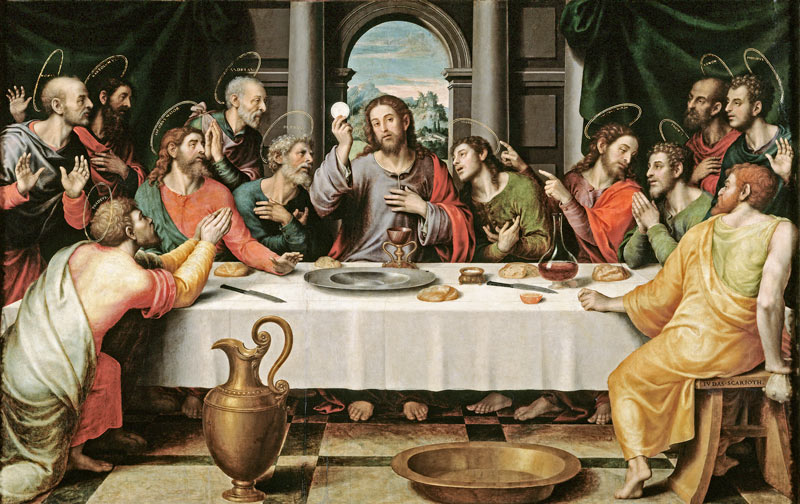
Occasionally people point out something is floating in the chalice at Mass. No one wants to consume even a holy liquid that has some solid floating inside.
The Church sees the Mass as the living memorial of the Lord’s Passion, resurrection and ascension. His Passion began with the Last Supper and each account of that night details how Jesus took bread then blessed, broke, and shared it.
Since all accounts of the “Institution of the Eucharist” mention breaking the bread, it was carried into the Mass. This happens during the “Lamb of God” to show how Jesus is the Lamb seen in the Book of Revelation whose broken body has been slain.
After breaking the Lord’s body, the priest drops a small particle into the chalice. He then prays, “may the mingling of the body and blood of Our Lord Jesus Christ bring eternal life to us who receive it.”
The resurrection was the catalyst for the first believers to leave behind their former lives and join a new way of living. The unity of community was the source of great solace and support.
Initial communities were small enough that they were led by a successor to the Apostles, a designation we now identify by the term “bishop.” As the Church grew, the bishop could no longer celebrate all of the sacraments for the sprawling communities, so delegates became necessary.
Priests were ordained to minister in the bishop’s name. Still, the desire for visible unity both with Christ and His fellow disciples remained.
So at the bishop’s Mass, just after saying “Lord, Jesus Christ, who said to Your Apostles: ‘peace I leave you …,’” a deacon would bring some precious body consecrated at a prior Mass to show the continuity between past and present celebrations. There is only one Mass and it is Christ’s.
The bishop would place the pre-consecrated particles into an empty vessel and pray “The peace of the Lord be always with you.” Before his own Communion, the bishop would break a particle of precious body consecrated at that Mass, make three signs of the cross with it over the chalice, and allow it to fall inside while praying “may the mingling …”
The particles placed into an empty vessel were sent to the communities where the bishop could not be present to illustrate the unity and peace each assembly had with the other. The priest-delegate would place a particle sent from the bishop’s Mass into the chalice just before Communion.
As the Church grew, such visible signs of unity grew unnecessary. The practice of dropping a particle of the Lord’s body into His blood was retained to illustrate that at the resurrection Jesus’ shed blood was returned to His body because if only His soul had been restored, He would have been incomplete.
This remains a powerful sign in an atmosphere where mankind’s desire to morph the human body knows no bounds. Only by experiencing the fullness of what Jesus did on Easter morning will we ever truly be glorified.
